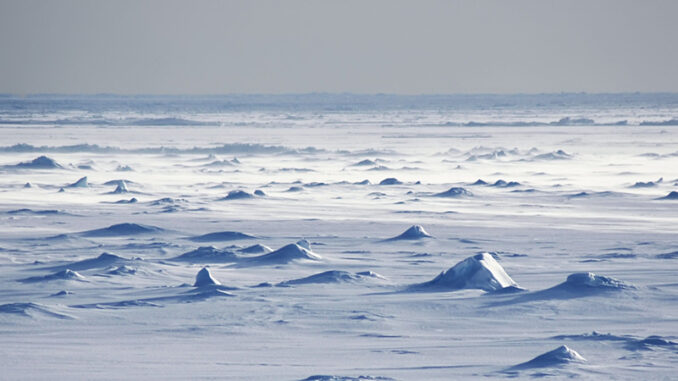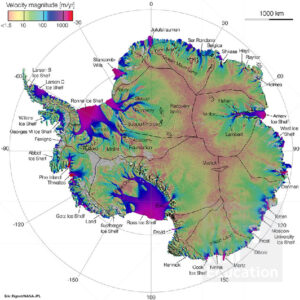
Have you ever heard of Lake Vostok? No, it’s not a new trendy place to go for summer vacation. It’s the world’s largest subglacial lake. It’s about 27 degrees Fahrenheit, and it’s located in Antarctica about 4 km (2.5 miles) below a glacier. In fact, it’s exactly this isolation that makes Lake Vostok such an interesting place–especially for scientists. Here, btw takes a closer look at why.
An Ancient Lake
In 1961, a Russian pilot flying over Antarctica saw what looked like lakes on the ice. And it turned out that he was on to something. The reason that the ice looked so calm, smooth, and flat in places was because there were subglacial lakes located miles beneath the surface. In the 1970s, a group of scientists from the United Kingdom, Russia, Denmark, France, and the United States used radar to locate the largest of these lakes, which they called Lake Vostok. But it was not until satellite imagery confirmed the size and shape of the lake in 1996 that Lake Vostok was announced to the world.

Put simply, Lake Vostok is huge: about 230 km (143 miles) long, 50 km (31 miles) wide, and as much as 500 meters (1,640 feet) deep. That means that the lake is about the size of Lake Ontario. About 35 million years ago, Vostok was a regular open-air lake. But about 15 million years ago, a glacier covered it. This cut off Lake Vostok from the rest of the world for hundreds of thousands – maybe even millions – of years.
What’s in Lake Vostok?
This isolation makes Lake Vostok so interesting to scientists. Researchers believe that any microorganisms that inhabit it maybe have been there since the time the lake was formed and have adapted to the unique conditions. Unique life could have evolved there that exists nowhere else on Earth.
It’s tempting to imagine all kinds of odd fish and sea life in Lake Vostok, but in reality, scientists say that’s probably not the case. It’s likely that any life that exists in the lake is bacterial. Samples taken from ice layers just above the lake’s surface have revealed more than 3,500 different DNA sequences. About 95 percent of them are bacteria; five percent seem to indicate the presence of more complex organisms called eukaryotes; and two of the sequences are linked to one-celled organisms called archaea. There were also close matches to some types of fungi, arthropods, and a mollusk. And some of the bacteria DNA matches the bacteria found in the guts of fish. So, it’s possible there could be fish in Lake Vostok.
Some of the DNA sequences discovered have also been linked to the kind of organisms that live around deep-sea hydrothermal vents. So, it’s possible that such a thing exists in Lake Vostok as well. These hydrothermal vents could provide vital energy and nutrients to the lake. The lake is also supersaturated with oxygen–fifty times more oxygen than ordinary freshwater lakes. So, anything living in Lake Vostok would have needed to adapt to this high oxygen environment.
For now, all of this information has been gathered from ice just above the surface of the lake. Scientists won’t know for sure what life exists in Lake Vostok until they can extract a sample of the water. This is difficult because they must bore through 4 kilometers of ice to even reach the surface.
Scientists also have to be extra careful not to contaminate the lake. The boring drills are typically lubricated with kerosene, which would taint the lake. Another problem is that the lake is currently under high pressure; any microbes removed from the lake would need to be kept pressurized as they are brought to the surface. As a result, it may take years for scientists to gain real access to the lake, and to know for sure what creatures have been hiding there for millennia.
